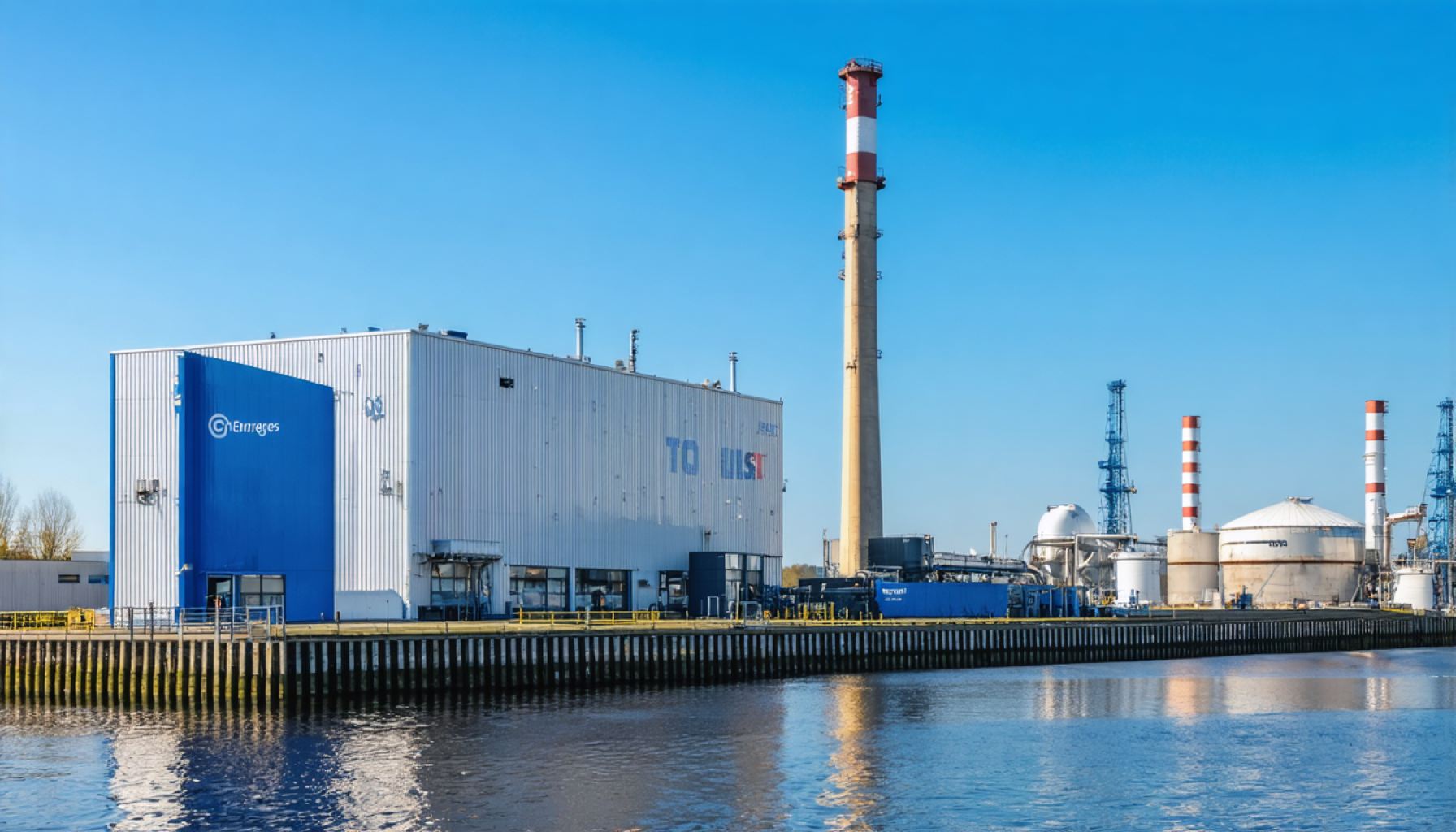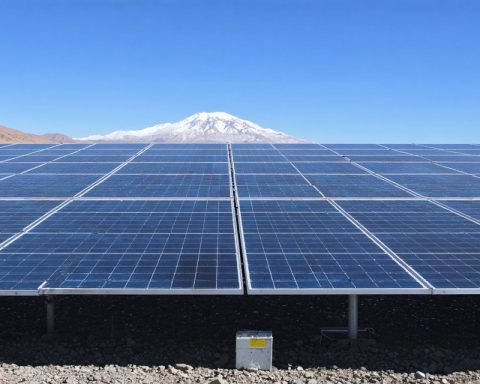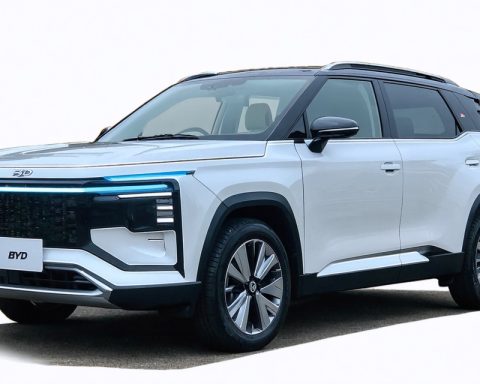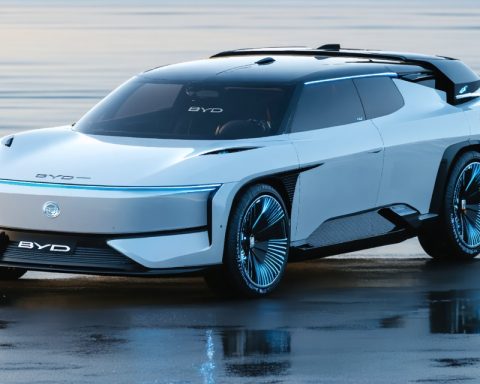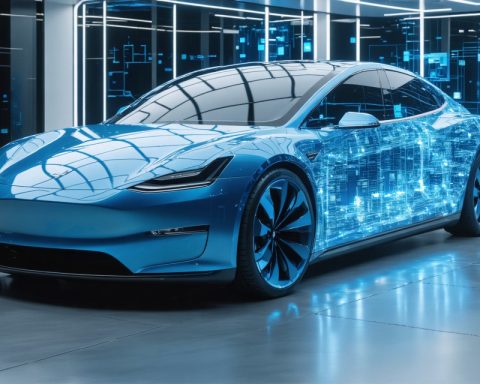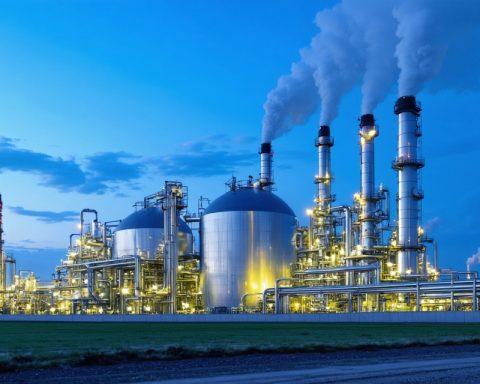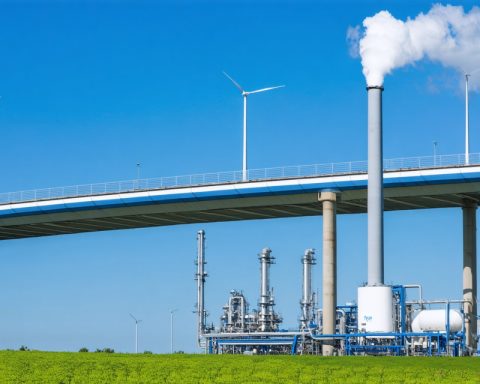- TotalEnergies and Air Liquide are investing over $1 billion in green hydrogen projects in the Netherlands, aiming to reshape northwest Europe’s energy landscape.
- The projects are expected to produce 45,000 tons of green hydrogen annually, significantly reducing carbon emissions by up to 450,000 tons per year.
- A 250-MW electrolyzer near the Zeeland refinery is set to remove up to 300,000 tons of CO2 annually, with completion targeted for 2029.
- The ELYgator project near the Maasvlakte will deliver 15,000 tons of hydrogen annually by the end of 2027, reducing carbon emissions by 150,000 tons.
- These initiatives highlight the transition towards renewable energy, though they face challenges such as the cost-competitiveness of green hydrogen.
- The projects signify a shift in energy production, emphasizing sustainability and reducing emissions in the ecological narrative.
A gust of change is blowing across the North Sea as TotalEnergies and Air Liquide gear up to channel over $1 billion into green hydrogen projects in the Netherlands. These initiatives mark a significant stride towards reducing carbon footprints while promising to reshape the energy landscape of northwest Europe.
Underneath the clouds of OranjeWind, an offshore wind farm pulsating with renewable power, plans for two cutting-edge electrolyzer projects come alive. These ventures aim to churn out a staggering 45,000 tons of green hydrogen annually. For TotalEnergies, it’s a step into a future where solar and wind dictate the flow of energy, a vision set to slice through carbon emissions from its Belgium and Netherlands refineries by up to 450,000 tons each year.
Visualize a sprawling 250-MW electrolyzer near the Zeeland refinery, a project expected to structure its foundation by 2029 and sweep away up to 300,000 tons of CO2 annually with its operations. Not far behind, by the Maasvlakte, stands the ELYgator project—a beacon of green ambition poised to deliver 15,000 tons of hydrogen for TotalEnergies’ Antwerp platform by the end of 2027, aiming to further carve out 150,000 tons from carbon charts.
The key takeaway: TotalEnergies is not just investing in green hydrogen but sculpting a pioneering path. The journey involves grappling with economic hurdles, as green hydrogen grapples with cost-competitiveness against its gray counterpart. Yet, this collaboration candidly casts a hopeful shadow, hinting at a cleaner, sustainable horizon for Europe. As these projects unfurl their wings, they’re not just reducing emissions; they’re redefining the role of energy giants in the ecological narrative.
Unlocking the Future: How Green Hydrogen Projects Are Set to Revolutionize Europe’s Energy Landscape
Understanding Green Hydrogen: How These Projects Work
Green hydrogen is produced by splitting water into hydrogen and oxygen using an electrolyzer powered by renewable energy sources like solar and wind. The projects announced by TotalEnergies and Air Liquide in the Netherlands are groundbreaking due to their scale and potential environmental impact.
How-To Steps & Life Hacks
1. Integration of Renewable Energy: Ensure the renewable energy sources like wind and solar are properly integrated to provide a consistent power supply to the electrolyzer systems.
2. Electrolyzer Optimization: Optimize the efficiency of the electrolyzer systems, which involves selecting the right technology (such as PEM or alkaline electrolyzers).
3. H2 Distribution: Establish robust infrastructure for storing and distributing the produced hydrogen, whether for industrial use or as a fuel supplement.
4. Monitoring Emissions Reductions: Use real-time monitoring systems to track and report CO2 reduction metrics to demonstrate environmental benefits.
Real-World Use Cases for Green Hydrogen
– Industrial Fuel: Replacing natural gas in industrial processes to reduce carbon emissions.
– Transportation: Fueling hydrogen-powered vehicles, which can provide longer ranges and quicker refueling times compared to electric vehicles.
– Power Generation: Balancing and storing energy in large renewable power networks.
Market Forecasts & Industry Trends
The European hydrogen market is expected to grow significantly due to increasing investment and favorable policies. According to a study by the International Energy Agency, the European Union aims to install at least 40 GW of renewable hydrogen electrolysers by 2030.
Reviews & Comparisons
Green hydrogen projects like those by TotalEnergies stand out due to their ambitious scale and integration with existing refinery operations. Compared to other smaller-scale projects, TotalEnergies’ initiatives promise a substantial impact on emissions reduction and energy transition.
Controversies & Limitations
1. High Cost: Green hydrogen remains more expensive than gray hydrogen, primarily due to the cost of renewable electricity and electrolyzer technologies.
2. Infrastructure Challenges: The distribution and storage infrastructure for hydrogen is still underdeveloped.
Security & Sustainability
The projects are designed to enhance energy security by reducing dependence on fossil fuels and leveraging locally generated renewable energy. Sustainability is ensured through continuous monitoring and reduction of carbon emissions.
Insights & Predictions
Green hydrogen’s cost is expected to decrease significantly over the next decade as technology advances and economies of scale are realized. This will make it competitive with fossil fuels, driving wider adoption in various sectors.
Tutorials & Compatibility
For industries looking to adopt green hydrogen:
– Evaluate the energy consumption and requirements of your operations.
– Design pilot projects to assess the integration and efficacy of hydrogen energy.
– Train personnel on the handling and usage of hydrogen safely.
Pros & Cons Overview
Pros:
– Significant reduction in CO2 emissions.
– Enhanced energy security and diversification.
– Utilization of abundant renewable resources.
Cons:
– High initial setup and production cost.
– Requires significant infrastructure development.
Actionable Recommendations and Quick Tips
1. Policy Support: Engage with policymakers to create supportive frameworks that lower barriers for green hydrogen adoption.
2. Technological Innovation: Invest in R&D for more efficient electrolyzer technology and better hydrogen storage solutions.
3. Collaborative Ventures: Partner with other industries and stakeholders to share knowledge and infrastructure, reducing costs collectively.
For further understanding of green hydrogen initiatives and renewable energy integration, visit International Energy Agency.
